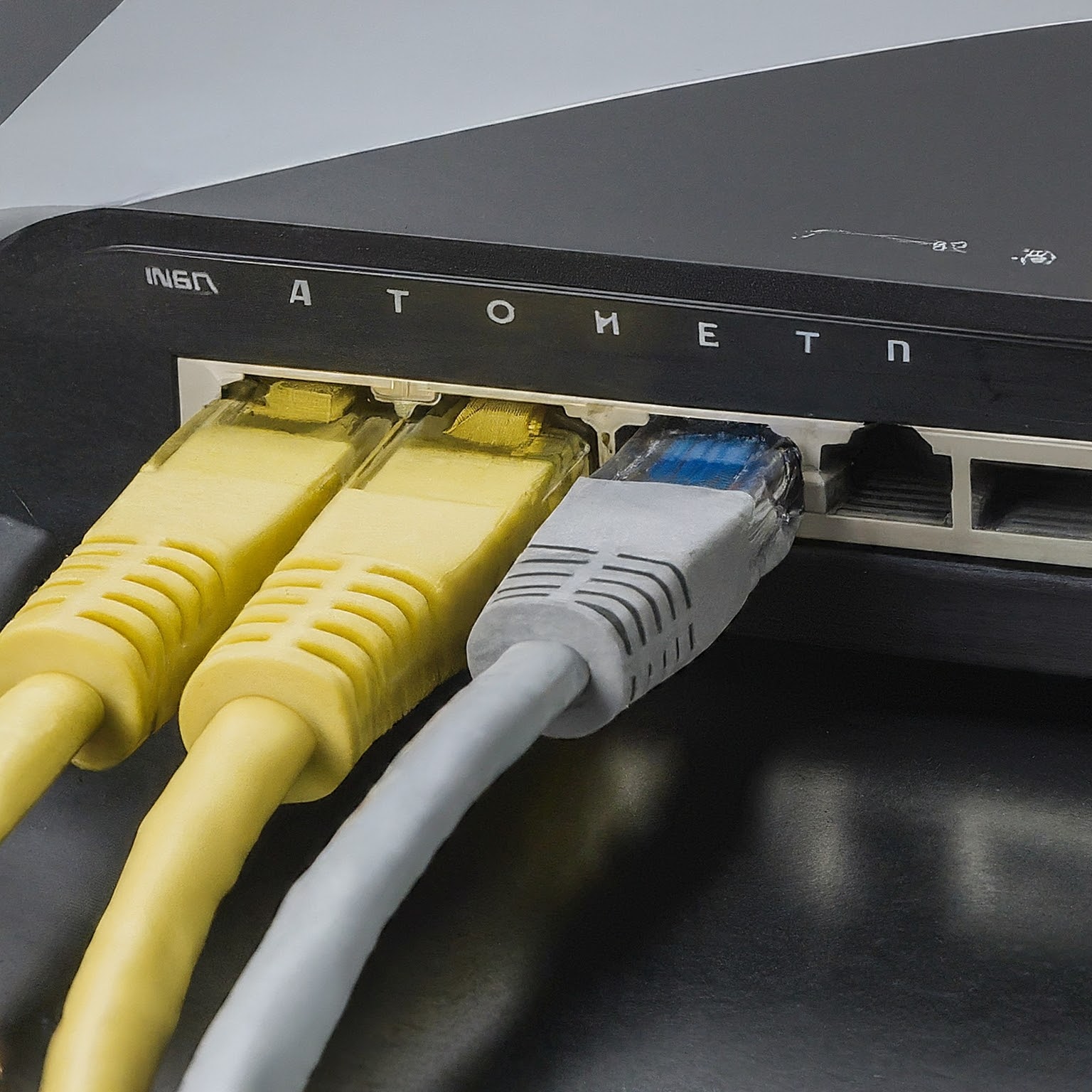In the realm of home internet services, DSL internet has been a staple for many years. While newer technologies like fiber optics and cable have gained prominence, DSL continues to offer a reliable and affordable option for a significant portion of the population. This article delves into the intricacies of DSL internet, exploring its technology, advantages, disadvantages, and its place in the modern digital landscape.

Understanding DSL Internet
DSL internet (Digital Subscriber Line) is a technology that utilizes existing copper telephone lines to deliver high-speed internet access. It operates by transforming analog voice signals into digital data, allowing for simultaneous voice and data transmission. DSL offers a consistent and reliable connection, making it a suitable choice for various online activities such as email, web browsing, and streaming.
How DSL Internet Works
To establish a DSL internet connection, a DSL modem is required. This device converts digital data into analog signals for transmission over the copper phone line. At the other end, a DSLAM (Digital Subscriber Line Access Multiplexer) at the telephone exchange converts the signals back into digital data for distribution.
Advantages of DSL Internet
- Wide Availability: DSL is available in areas with established telephone infrastructure, making it accessible to a broad customer base.
- Reliability: DSL connections are generally stable and less susceptible to weather-related disruptions compared to wireless technologies.
- Affordability: DSL internet tends to be more cost-effective than fiber or cable options, especially for basic internet needs.
- Bundling Opportunities: Many internet service providers offer bundled packages that include DSL internet, phone service, and television, potentially saving customers money.
Disadvantages of DSL Internet
- Speed Limitations: DSL speeds are generally slower than fiber or cable internet, especially for download speed.
- Distance Dependence: The distance between the customer’s premises and the telephone exchange can impact DSL speeds, with performance deteriorating over longer distances.
- Noise Interference: External factors like electrical noise can affect DSL signal quality.
- Limited Availability in Rural Areas: DSL may not be available in all areas, particularly rural regions with limited telephone infrastructure.
DSL Internet vs. Other Options
When choosing a home internet service, it’s essential to compare DSL with other available options:
- DSL vs. Cable Internet: Cable internet generally offers faster speeds but may be more expensive and susceptible to outages.
- DSL vs. Fiber Optic: Fiber internet provides the fastest speeds but requires extensive infrastructure and is often more costly.
- DSL vs. Satellite Internet: While satellite internet offers widespread coverage, it typically comes with higher latency and data caps.
Tips for Optimizing DSL Internet Performance
- Quality Equipment: Invest in a high-quality DSL modem and router to maximize speeds.
- Ethernet Connections: Use Ethernet cables for devices that require a stable connection, such as gaming consoles or smart TVs.
- Wi-Fi Optimization: Place your router in a central location and consider using a Wi-Fi extender if necessary.
- Regular Maintenance: Keep your modem and router updated with the latest firmware.
The Future of DSL Internet
While newer technologies like fiber optics and 5G are gaining traction, DSL internet continues to serve a valuable role in providing internet access to millions of people. As technology advances, DSL speeds may gradually improve through enhancements like VDSL (Very-high-speed Digital Subscriber Line). However, the long-term outlook for DSL is uncertain as more areas gain access to faster and more reliable internet options.

Conclusion
DSL internet remains a viable choice for many users, offering a reliable and affordable connection. While it may not be the fastest option available, it can effectively meet the needs of individuals and households with moderate internet usage. As technology evolves, it’s essential to evaluate your internet requirements and explore the various options available to find the best fit for your specific needs.


